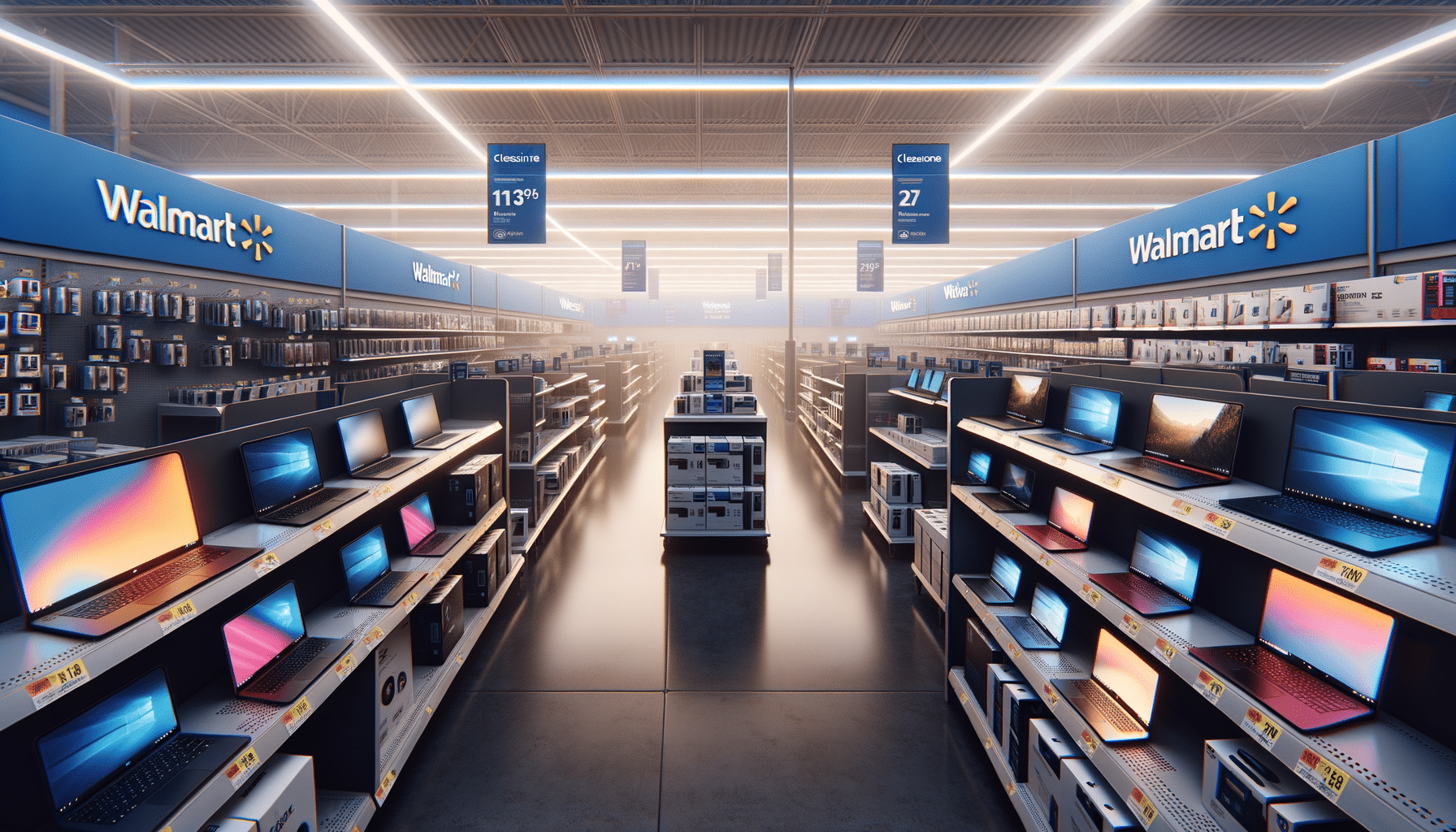
Blockchain and Food Safety: A Tech Revolution
Imagine a world where every bite of food you take comes with a guarantee of safety and transparency. Blockchain technology is making this vision a reality, revolutionizing the way we approach food safety.
Blockchain, a decentralized digital ledger, is increasingly being integrated into the food industry to enhance traceability and transparency. By recording every transaction and movement of food products, blockchain ensures that information is tamper-proof and accessible to all stakeholders involved.
How Blockchain Enhances Food Safety
Blockchain technology allows for real-time tracking of food products from farm to table. This traceability is crucial in quickly identifying and addressing food safety issues. According to a report by the World Economic Forum, blockchain can reduce the time it takes to trace the origin of food from days to seconds, significantly minimizing the impact of foodborne illnesses.
Expert Opinions
Frank Yiannas, former Deputy Commissioner for Food Policy and Response at the FDA, stated that blockchain could “transform food safety” by providing an “unprecedented level of transparency.”
Case Studies and Examples
Consider a scenario where a batch of contaminated lettuce is identified. With blockchain, the exact source can be traced almost immediately, preventing further distribution and consumption. This rapid response not only protects consumers but also maintains trust in the brand.
Actionable Tips for Businesses
- Integrate blockchain solutions with your existing supply chain management systems.
- Educate your team on the benefits and operations of blockchain technology.
- Partner with blockchain service providers who specialize in the food industry.
Start small by implementing blockchain in a pilot project to understand its impact before a full-scale rollout.
Comparing Traditional vs. Blockchain Systems
| Aspect | Traditional Systems | Blockchain Systems |
|---|---|---|
| Traceability | Manual and time-consuming | Instant and automated |
| Data Security | Vulnerable to tampering | Immutable and secure |
| Transparency | Limited visibility | Full transparency for all stakeholders |
| Scalability | Challenging with complex networks | Easily scalable |
| Cost | High due to inefficiencies | Cost-effective in the long run |
| Response Time | Slow | Rapid |
| Consumer Trust | Variable | Enhanced by transparency |
| Compliance | Complex | Streamlined and verifiable |
Frequently Asked Questions
How does blockchain improve food safety?
Blockchain enhances food safety by providing a transparent and immutable record of each step in the food supply chain, allowing for quick identification and resolution of issues.
Is blockchain expensive to implement?
While initial implementation may be costly, blockchain is cost-effective in the long run due to increased efficiencies and reduced risk of food safety issues.
Can small businesses benefit from blockchain?
Yes, small businesses can benefit from increased trust and transparency with their consumers, potentially leading to a competitive advantage.
Conclusion
The integration of blockchain technology in the food industry represents a significant advancement in ensuring food safety and transparency. By adopting blockchain, businesses can not only protect consumers but also enhance their reputation and efficiency. As the technology continues to evolve, its role in the kitchen and beyond will undoubtedly grow, making it a pivotal tool in the quest for safer, more transparent food systems.


